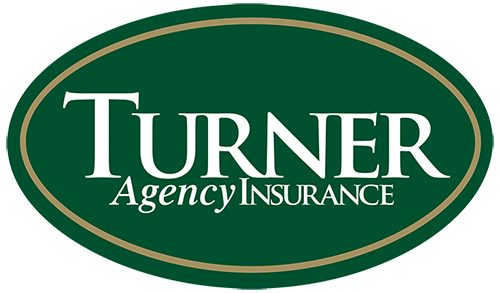If you’re investing in a second home, we’ve gathered some insurance basics that will help you make the best buying decision when it comes to determining insurability and estimating your ongoing cost of ownership.
Coverage Options
At a minimum, your lender will require that you carry hazard insurance to protect your property against damage from theft, fire, flooding, or windstorms. You will also be required to carry flood insurance if your home is in a high-risk flood zone. It’s a good idea to add liability insurance, which covers you and members of your household for accidental injuries to your visitors. Opting for property plus liability insurance adds up to a standard homeowners insurance package. For an extra layer of protection, a personal umbrella liability policy extends your liability coverage for properties named in the policy (we recommend that every client have an umbrella policy!)
Dwelling Fire Insurance
Since most homeowner policies require occupancy as a condition of insurance, the fact that you visit infrequently may preclude you from obtaining full homeowners’ coverage. Dwelling fire insurance is an alternate coverage option for insuring residential rental or non-owner occupancy property, including vacant property.
A dwelling fire policy continues to offer coverage for a home and other structures (detached sheds or garages, for example) for perils named in the policy. Named perils listed in a typical dwelling fire policy protect against damage caused by fire, collapse, lightning strike, wind, hail, explosion, and smoke. For more coverage, consider adding personal property protection and liability insurance to a dwelling fire policy.
Renting Out Your Home to Others
Whether your second property is a condominium unit or a family home, you may have little control over the physical damage that could occur if you decide to rent to others. To mitigate your risks, tenant occupied dwelling insurance will cover the costs incurred by damage, including fire, storms, burglary, and vandalism. It does not cover your tenant’s personal property.
Renting your property furnished or unfurnished also has insurance coverage implications. If you are renting your property furnished, let us know. We can advise you on the best coverage options and whether you should consider requiring longer-term tenants to carry additional renter’s insurance.
If you are renting your home though operations such as VRBO or Airbnb, you may want to consider purchasing their insurance as well.
Key Factors that Impact Vacation Home Insurance Costs
Location – The location of your secondary home is always a key factor in your insurance rates, especially if the home is in a high-risk flood zone and/or in an area prone to natural disasters. If your home is in the mountains or a remote area without a fire station nearby, this can also impact your rates.
Structure of home – The materials used to build your home can play a factor in your rates, along with the age of the home and roof. Has the plumbing and electrical system been updated? Is your property a home, condominium, or townhouse? Is there a homeowner’s association that maintains the grounds and/or the exterior of your property?
Amenities – Does your property include a hot tub, pool, outdoor fireplace, or a golf cart? If so, you definitely want to include additional liability coverage.
As with all homeowner’s insurance, it is important to be sure there is enough coverage to protect all your property values and assets. Contact our personal lines team with any questions. We are here to help!

